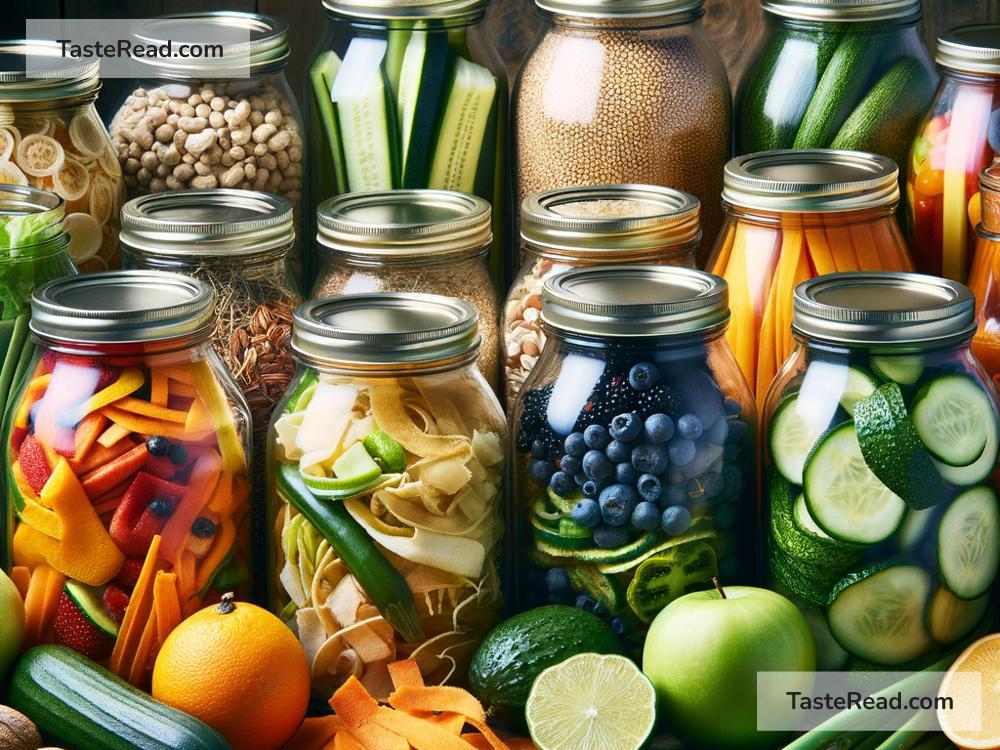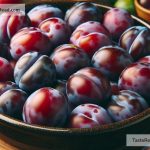Unlock the Hidden Nutrients: Cooking with Nutritious Byproducts
In our quest for wholesome cooking, we often overlook the potential of simple byproducts hiding in plain sight within our kitchens. These often-discarded items, from vegetable scraps to whey from yogurt, are not just food waste but hidden treasure troves of nutrition. Let’s embark on a culinary adventure, exploring how to creatively and deliciously incorporate nutritious byproducts into our cooking.
Vegetable Peels and Ends
Before you toss those carrot peels or broccoli stems into the compost, consider their potential in your next meal. Vegetable scraps are packed with fibers, vitamins, and minerals. A simple way to utilize them is by making a nutrient-rich vegetable broth. Collect your clean vegetable ends, peels, and even onion skins in a freezer bag. Once you’ve gathered a good amount, simmer them in water with a pinch of salt for a homemade broth that can serve as the base for soups, stews, or risotto.
Juicing Pulp
If you’re into juicing, you’re familiar with the dilemma of what to do with the leftover pulp. This byproduct, however, is a fiber goldmine. Use the pulp as a nutritious addition to muffins, bread, or even as a base for veggie burgers. For a simple application, mix some vegetable pulp into scrambled eggs or omelets to enhance their nutritional value and add a lovely texture.
Citrus Zest
After enjoying the juice of lemons, oranges, or other citrus fruits, the zest (the colorful outer skin) often gets thrown away. Yet, this part of the citrus is rich in essential oils, antioxidants, and flavor. Dry the zest and grind it into a powder for a vibrant spice that can be sprinkled over desserts, salads, or marinades. Alternatively, infuse the zest into oils or vinegars to create dressings with a refreshing kick.
Cheese Whey
For those who make homemade cheese or Greek yogurt, whey is a common byproduct. Rich in protein and probiotics, whey should not be discarded. Use it as a liquid base for smoothies, in place of water in bread recipes for a moister loaf, or as a nutrient-rich drink for post-workout recovery. Cooking grains like rice or quinoa in whey instead of water can also boost their nutritional profile and add depth to their flavor.
Bone and Meat Trimmings
After enjoying a roast or cutting up meat, bones, and trimmings often end up in the bin. These, however, can be transformed into a delicious and nutritious bone broth. Simmering bones with a splash of vinegar (to help extract the minerals) along with herbs and vegetables for several hours, yields a broth rich in collagen, minerals, and amino acids. Use it as a base for soups or as a nourishing drink, especially beneficial for joint health and digestion.
Coffee Grounds
Before you throw away your morning coffee grounds, consider their untapped potential. Rich in nitrogen, they make an excellent fertilizer for your plants. But did you know they can also add a unique flavor to your cooking? Used coffee grounds can be incorporated into a dry rub for meats, adding a rich, earthy undertone. They can also be mixed into chocolate desserts like brownies or cakes for an enhanced coffee-chocolate flavor. Remember, a little goes a long way!
Final Thoughts
Embracing these nutritious byproducts in your cooking not only contributes to a more sustainable lifestyle by reducing food waste but also adds a layer of creativity to your culinary endeavors. Each of these byproducts offers an opportunity to experiment in the kitchen while boosting the nutritional content of your meals. With a bit of imagination and openness to new ideas, you’ll discover that these overlooked items can transform your dishes in surprising and delightful ways.
As we continue to explore and innovate in the kitchen, let’s challenge ourselves to look at what we once considered waste with a fresh perspective. These nutritious byproducts hold the key to enhancing the flavors and health benefits of our home-cooked meals, making every part of our food truly valuable. Happy experimenting!


